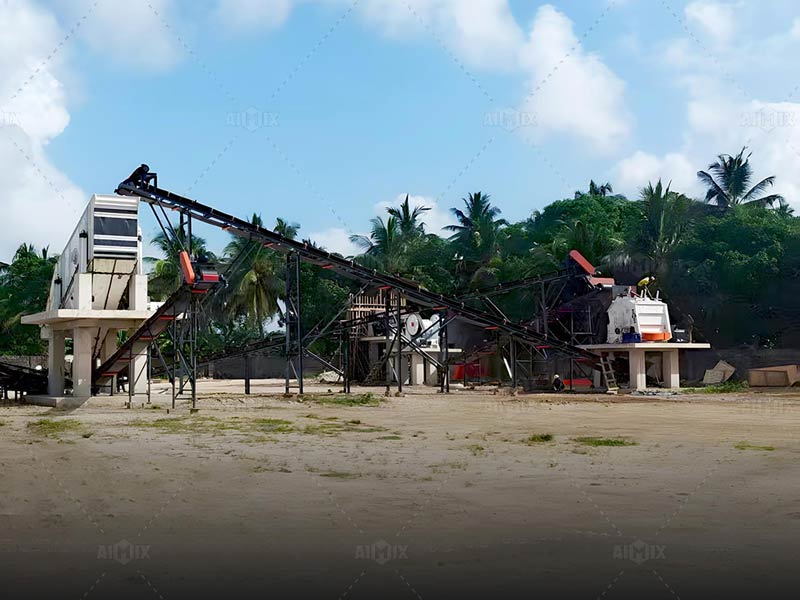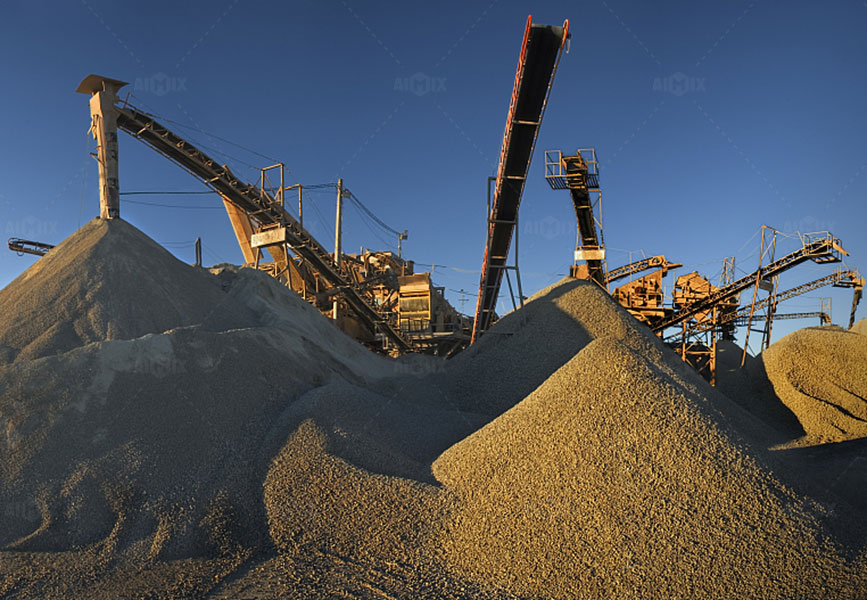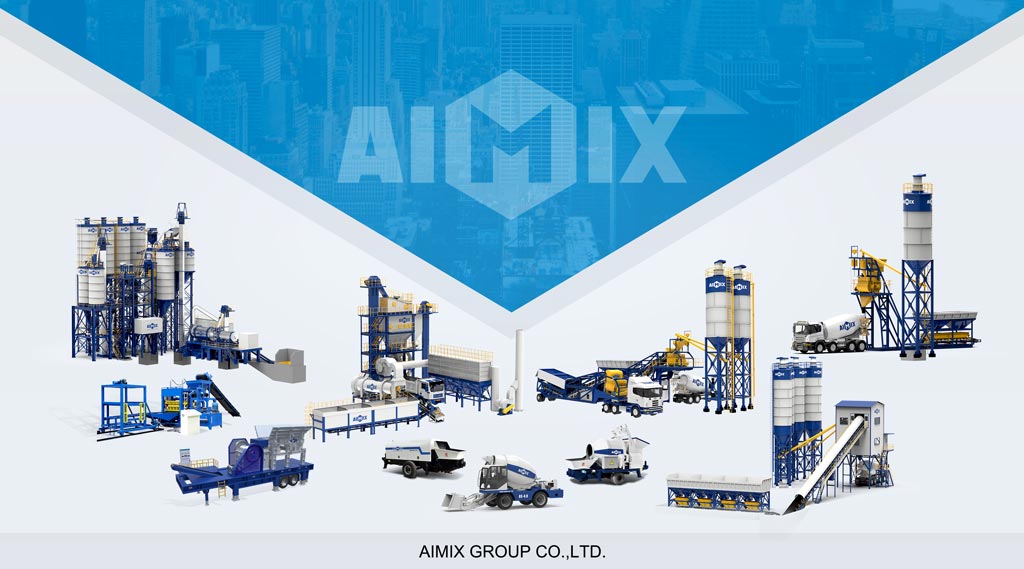From the first time I stepped onto a construction site, boots sinking into chalky powder and machines groaning through the heat, I’ve felt the ground shift—both literally and figuratively. There is something almost poetic about limestone. It’s not just a rock. It’s the quiet cornerstone beneath the engineered chaos of every road we drive. When crushed with care, it transforms from monolithic stone to a precisely graded base that holds up highways, city streets, and country roads with stoic strength. In the world of road construction, limestone crushers are not just machines—they are gatekeepers of reliability.
From Quarry to Highway: The Role of Limestone in Modern Roads
Why limestone remains the gold standard in base layer materials
Limestone has earned its place in the hierarchy of construction materials—not through novelty, but through unyielding performance. Engineers trust it because it compacts uniformly. Contractors favor it because it behaves predictably. Drivers never know it’s there, which may be the highest compliment.

What sets it apart is its calcium-rich composition, creating angular fragments upon crushing that interlock with geometric tenacity. These fragments refuse to shift under pressure, offering a base that feels as solid beneath a sedan as it does beneath a 40-ton hauler.
Physical properties that make it indispensable beneath the asphalt
The granular spectrum of crushed limestone is a marvel in itself. From fines that fill voids to coarse chunks that form a skeletal matrix, each gradation serves a purpose. It resists moisture intrusion, wards off frost heave, and cushions thermal expansion in the layers above.
More importantly, it’s abundantly available. From the rolling Midwest to the dusty quarries of Asia, limestone offers geological certainty in a world full of variables. Its presence beneath the pavement ensures the road doesn’t just get built—it endures.
Crushing Precision: How Limestone Crushers Shape Road Performance
The art of gradation and the impact on load-bearing capacity
There’s a subtlety in crushing limestone that only experience reveals. It’s not enough to reduce rock to rubble. Each pass through a jaw crusher mobile, cone, or impactor must be calculated to achieve the exact blend of particle sizes. This isn’t mere pulverization—it’s orchestration.
Gradation defines the structural integrity of the base layer. Too coarse, and voids weaken the support. Too fine, and compaction suffers. With the right crushers and the right settings, crews create a mechanically stabilized layer that responds to stress with resilience rather than deformation.
Dust suppression, shape control, and material consistency
But it doesn’t end with size. Dust management is a real battlefield. Excess fines create runoff and air pollution. Poorly shaped particles reduce compaction efficiency. Crushers today must balance aggression with finesse—delivering material that’s not just crushed, but crushed right.

Modern crushers now integrate real-time feedback systems, adjusting wear plates and crushing angles as loads shift. The result? A feed of consistent material that meets DOT specs the first time—no rework, no delays. Just progress.
A Personal Reflection on Progress
The transformation witnessed on dusty job sites
I’ve stood in silence on half-finished highways, watching the rollers press crushed limestone into place. There’s a certain stillness when the dust settles, a whisper that says, this road will hold. I’ve seen the difference good material makes—how a job site changes when the crusher is tuned, when the base is laid right. Crews move faster. Paving becomes poetry. And the road, well… the road just works.
Why every road begins with the right foundation
We speak of revolutions in construction—automation, AI, drone surveys. But none of it matters without the base. A thousand innovations mean nothing if the earth beneath them crumbles. That’s why lime stone crushers for sale matter. Because without them, there is no foundation. No highway. No forward motion.
Every journey begins beneath the wheels. And every mile rests on crushed stone, shaped by steel, sweat, and precision.


Comments
No comments yet. Be the first to react!